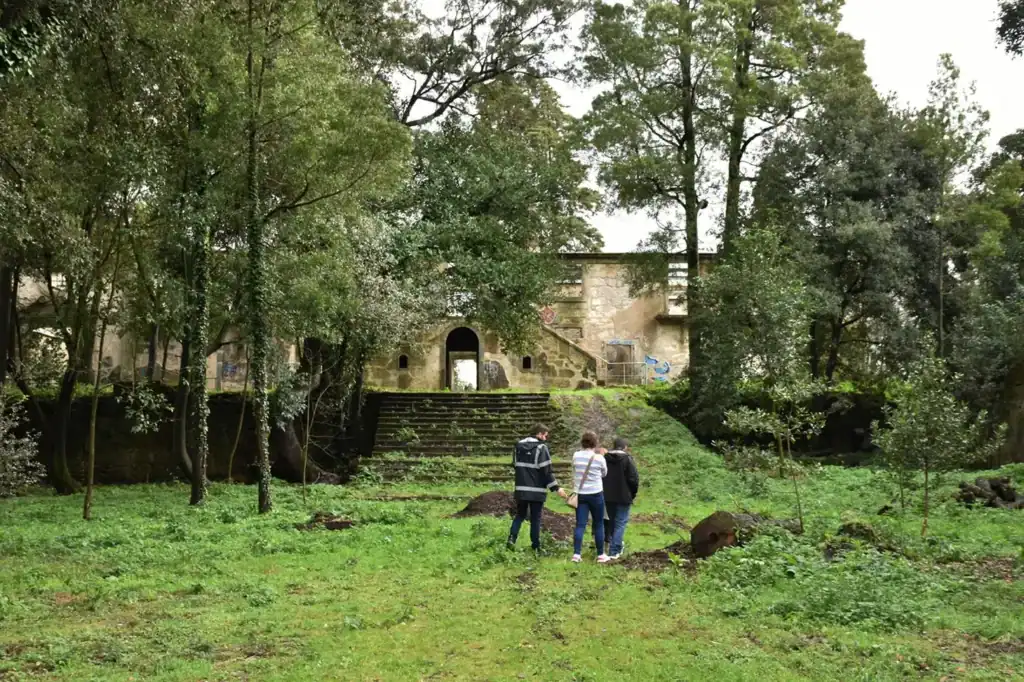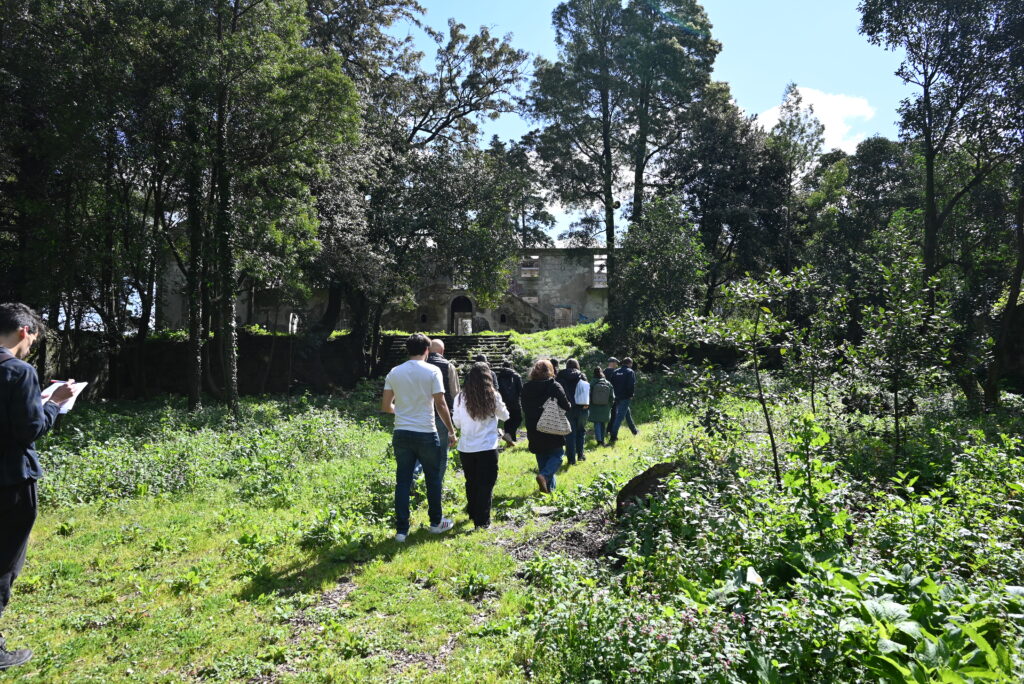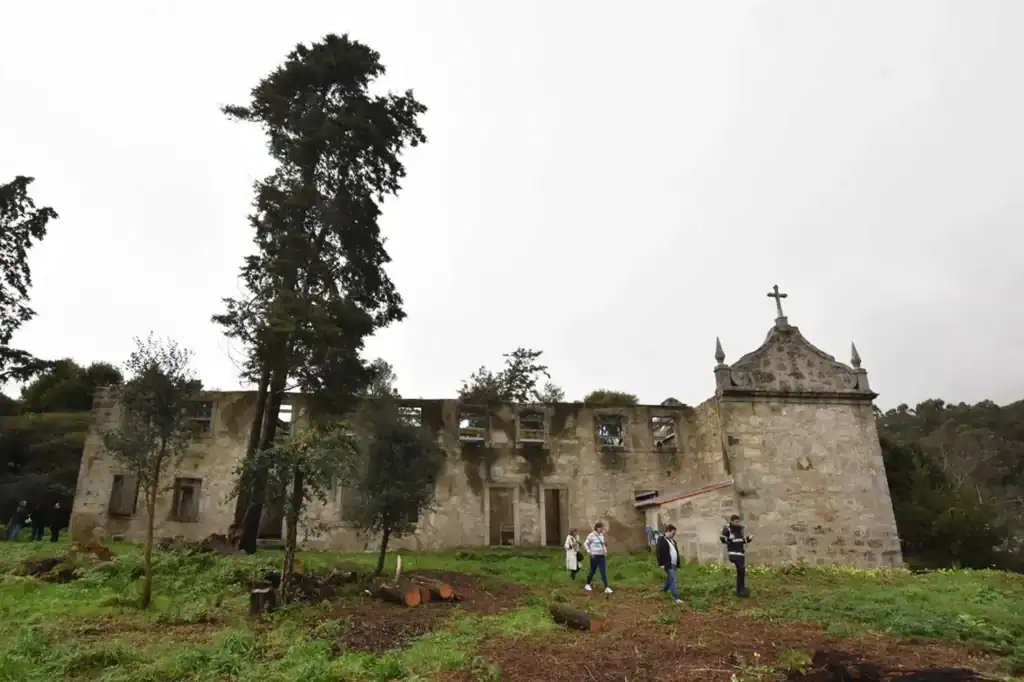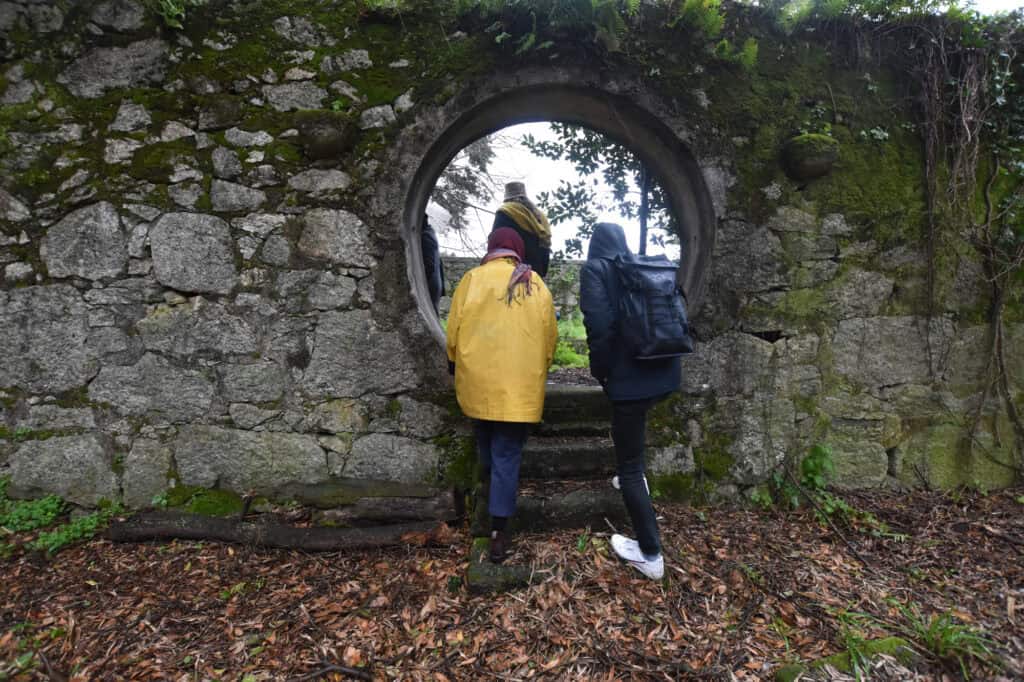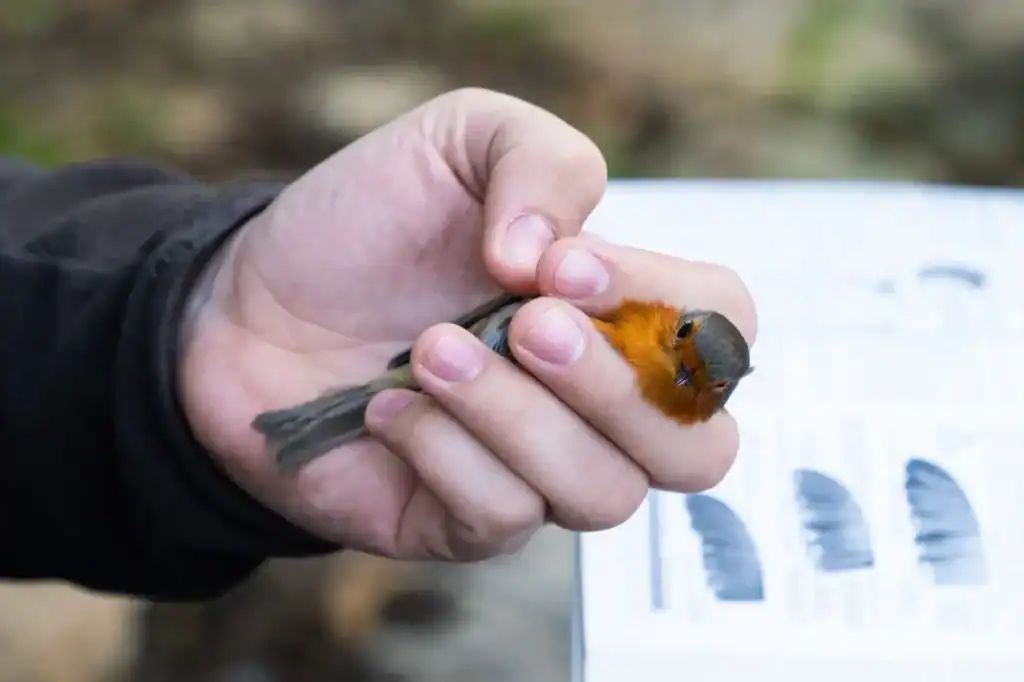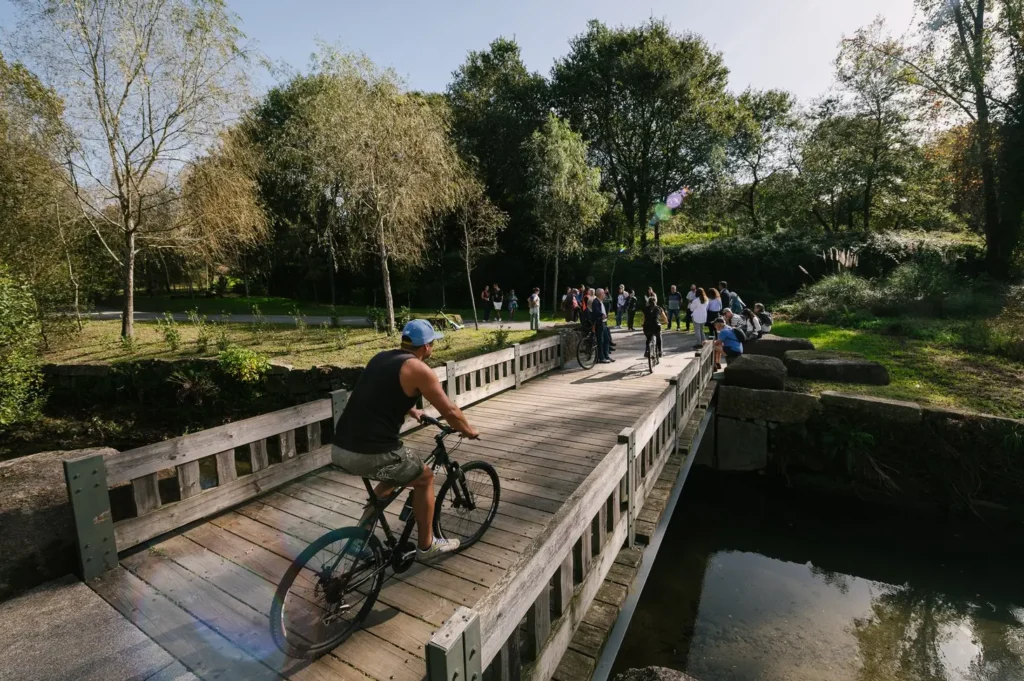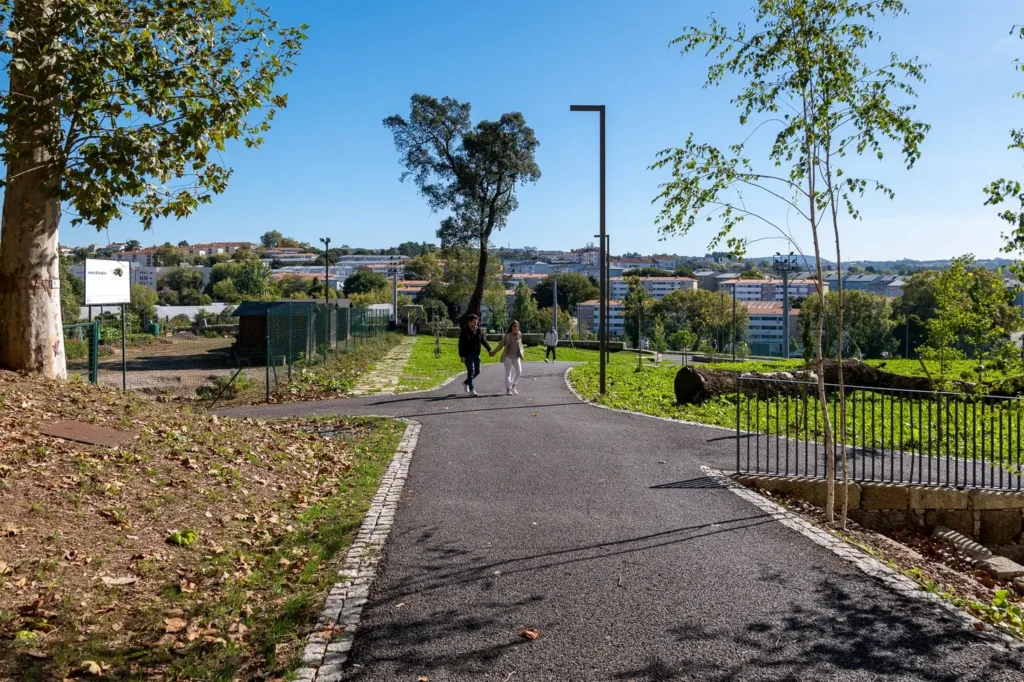Quinta de Salgueiros is approximately 6,36 hectares and it is planned to create a new park for the city, which will also be a living laboratory (BioLab).
The intervention will enable the socio-ecological rehabilitation of this degraded area, increasing people’s quality of life, ecosystem services and the region’s climate resilience. At the same time, this space is intended to be open to the study and sharing of knowledge related to nature-based solutions, urban ecology and climate change. The different solutions tested in this laboratory can be scaled up and replicated elsewhere in the city, the country and/or Europe.
Work on this space began around 10 years ago with an initial diagnosis and the realisation of various preservation interventions, while funding for a more in-depth intervention was being structured and planned. Among the interventions carried out in this intermediate phase were the consolidation of the ruins of the house and chapel, the fencing of the space and the removal of invasive species.
It is possible to find value in the present and consolidated building of this former farmhouse (first mentioned in 1744) and in the biodiversity present: 27 species of birds, 5 species of mammals, one species of amphibians, two species of reptiles, and 104 taxa of flora spread over 45 families.
Currently the preliminary project for this new Quinta de Salgueiros Park is in progress, with work expected to begin in the first quarter of 2027 (Phase 1: approximately 2,98 ha).
This intervention is part of the NBRACER project, which aims to design and conceive sustainable, locally-based natural solutions for increasing climate resilience in different regions of the North Atlantic. The project involves partners from different biogeographical areas of Europe to demonstrate and replicate appropriate solutions adapted to the specific climatic conditions of each location.
